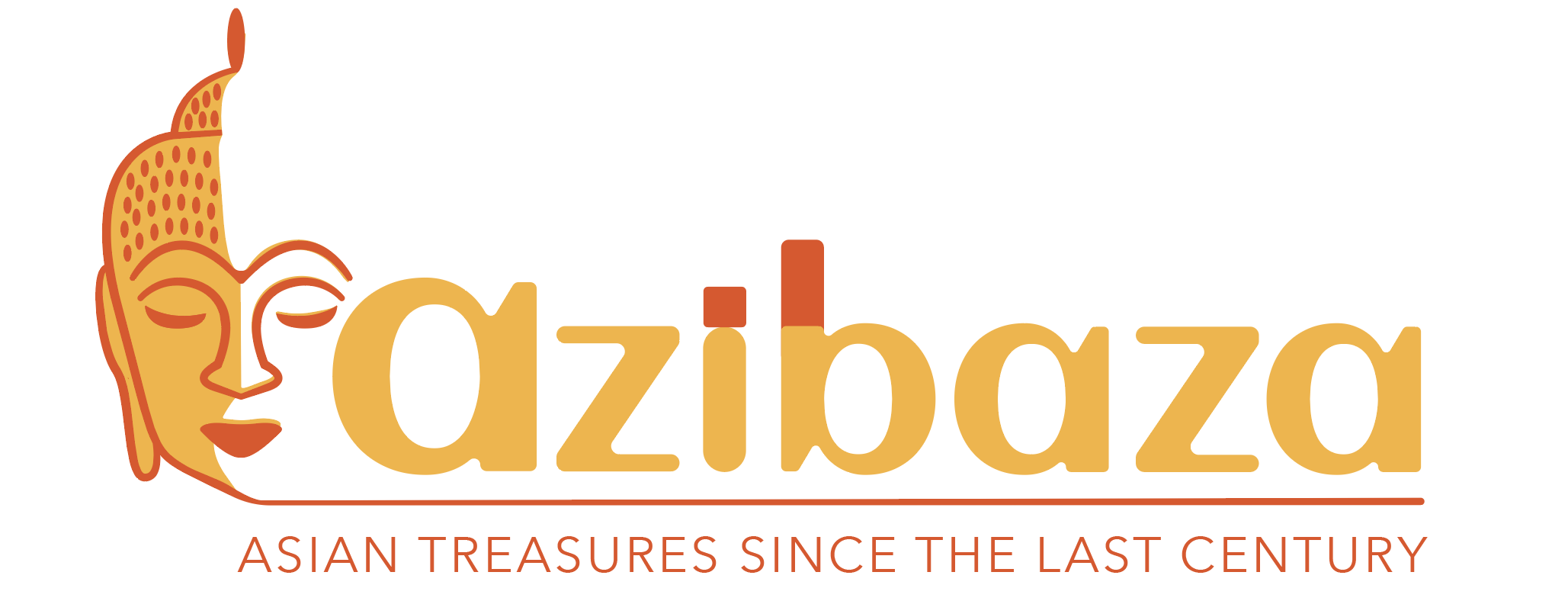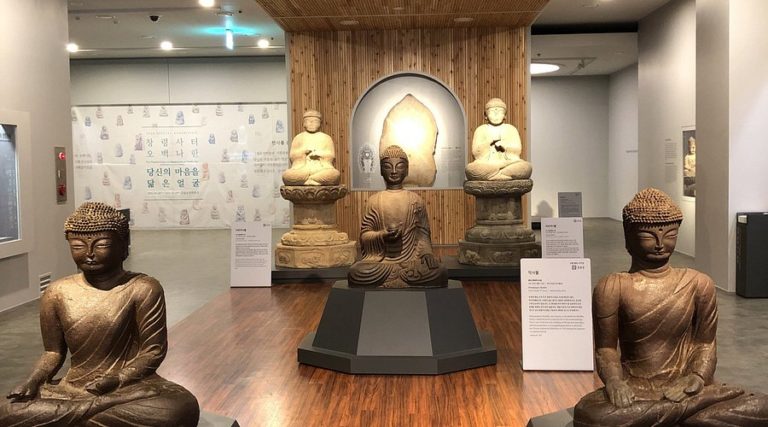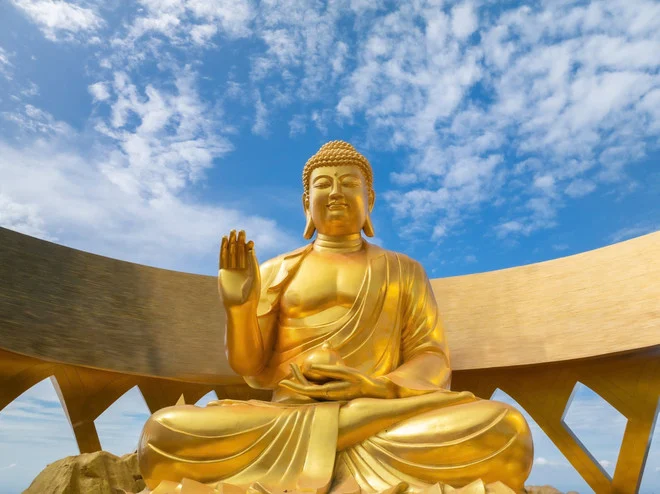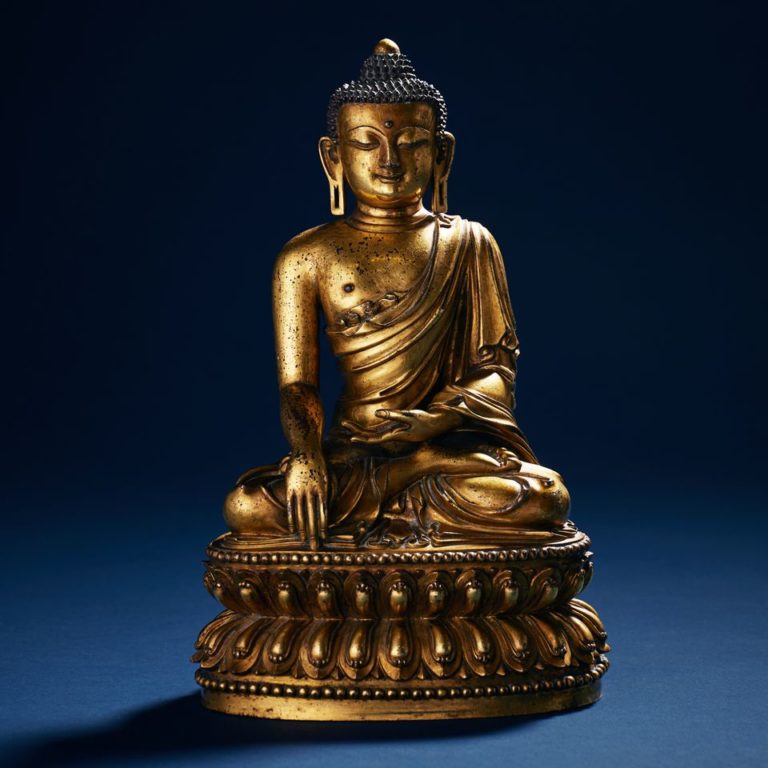Once a quiet hilltop sanctuary southeast of Kathmandu, Namo Buddha is fast emerging as one of the world’s most revered Buddhist pilgrimage sites. With its deep spiritual roots, dramatic legends, and growing international appeal, the stupa is drawing thousands of devotees seeking compassion, reflection, and renewal.
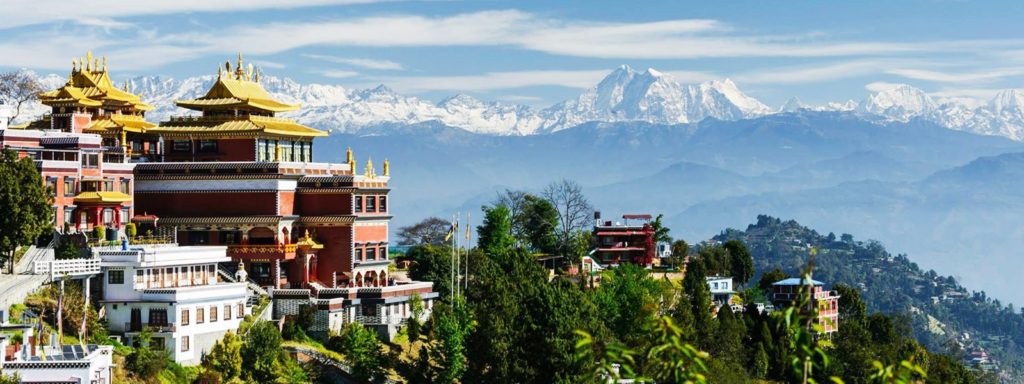
Located in Nepal’s Kavrepalanchok District, Namo Buddha is famed for the ancient tale of Prince Mahasattva, who offered his body to a starving tigress and her cubs—a supreme act of generosity that remains central to Buddhist teachings. The site, known in Tibetan as Takmo Lu Jin (“Tigress Body Generosity”), has long been sacred, but only recently has it begun to rival Kathmandu’s more accessible stupas—Swayambhu Nath and Boudha Nath—in global recognition.
Unlike its urban counterparts, Namo Buddha’s remote setting preserved its authenticity but limited its visibility. That’s changing. Pilgrims from across Asia and beyond now travel to the Thrangu Tashi Yangtse Monastery, built in 1976, which anchors the site’s spiritual life. Festivals, especially during the full moon in November, attract thousands, and the monastery’s teachings have reached a global audience.
Historically, the stupa’s origins trace back over 6,000 years, with legends linking it to visits by Guru Padmasambhava and King Mana Deva I. The site’s layered history includes meditations by incarnate lamas, devotional music traditions, and symbolic architecture that reflects centuries of reverence.
While Swayambhu and Boudha benefited from royal patronage and urban proximity, Namo Buddha’s resurgence is driven by a modern rediscovery of its timeless message. In an age of rapid change, its story of selfless compassion resonates deeply, offering pilgrims not just a destination, but a spiritual anchor.
As Nepal continues to promote its cultural heritage, Namo Buddha stands poised to become a cornerstone of global Buddhist pilgrimage—where legend, devotion, and serenity converge.
